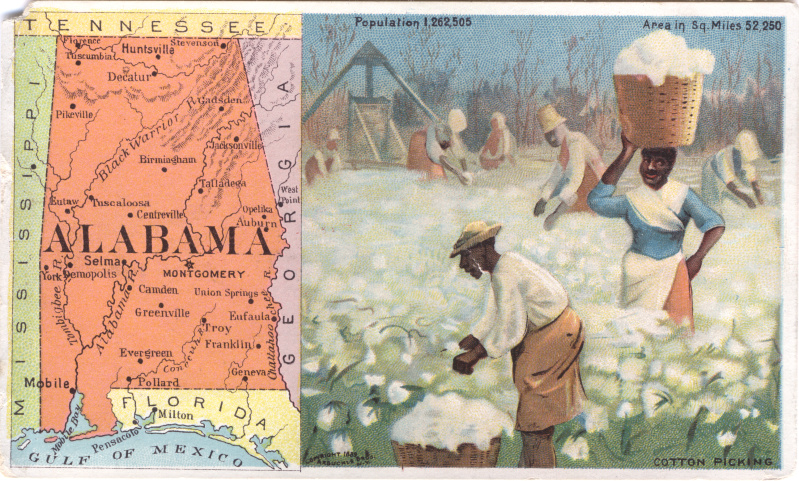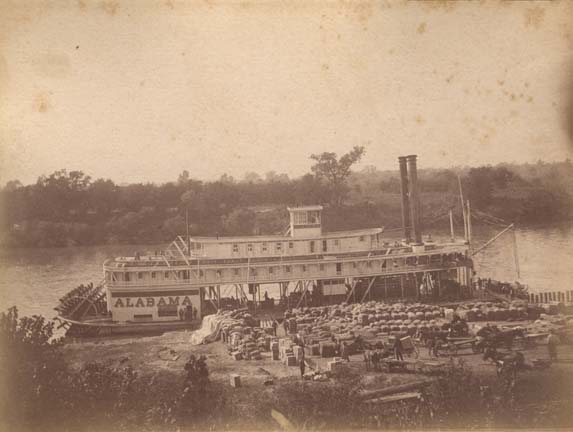During the 19th and early 20th centuries, the Choctawhatchee River played a crucial role in the economic and social development of Alabama and Florida. Steamboats became the primary means of transportation, connecting remote communities, facilitating trade, and shaping the region’s growth.
The steamboat era on the Choctawhatchee River was marked by booming commerce, bustling river towns, and an intricate network of waterways that supported the lumber, cotton, and naval stores industries. This article explores the rise, significance, and eventual decline of steamboat travel on the Choctawhatchee River, shedding light on the key players and economic forces that defined this era.
The Choctawhatchee River: A Lifeline for Trade
Flowing approximately 141 miles from southeastern Alabama into the Florida Panhandle, the Choctawhatchee River has long been a vital trade route. The river’s connection to the Gulf of Mexico made it an essential transportation corridor for timber, agricultural products, and manufactured goods.
Before the advent of steamboats, early settlers relied on flatboats and pole boats, which required extensive manual labor and were highly inefficient. The arrival of steam-powered vessels revolutionized river transport, making trade faster, more reliable, and economically viable for both large and small businesses.
The Rise of Steamboat Commerce
The mid-1800s marked the golden age of steamboats on the Choctawhatchee River. Steamboats, with their ability to navigate shallow waters and carry substantial cargo, became the preferred mode of transportation for industries along the Choctawhatchee.
Some of the most notable steamboats that traveled these waters included:
- The Captain Fritz: Built in 1892, this sternwheel steamboat operated between Freeport, Point Washington, and Pensacola, transporting goods and passengers until it caught fire in 1930 near Cedar Tree Landing.
- The Bloomer: A 130-ton side-wheeler active in the mid-19th century, the Bloomer navigated routes between Geneva, Alabama, and Pensacola, Florida. During the Civil War, it was seized by Union forces in 1862.
- The Brooklyn: Constructed in Geneva, this steamboat was instrumental in transporting goods and passengers along the river, contributing to the economic vitality of river towns.
With these steamboats in operation, towns like Geneva, AL, and Westville, FL, became thriving trade centers. The riverfronts bustled with warehouses, sawmills, and docks, transforming these once-isolated settlements into important economic hubs.
Economic Impact and Key Industries
The steamboat era catalyzed growth in several industries:
1. Timber and Lumber
The river basin’s abundant forests made timber a primary export. Steamboats transported logs and processed lumber to major ports, supporting numerous sawmills and logging operations.
2. Cotton Trade
Fertile lands adjacent to the river were ideal for cotton cultivation. Farmers relied on steamboats to ship bales to textile mills and export hubs, integrating the region into the global cotton economy.

3. Naval Stores Industry
Products like turpentine and resin, derived from pine trees, were in high demand. Steamboats facilitated the efficient movement of these goods to markets, bolstering the naval stores sector.
4. Passenger Travel
Beyond freight, steamboats offered passenger services, enabling mobility for settlers, merchants, and travelers. Some vessels provided luxurious accommodations, complete with fine dining and entertainment.
Challenges and the Decline of Steamboats
Despite their success, steamboats faced challenges that eventually led to their decline.
Railroad Expansion
By the late 19th century, the expansion of railroads provided a faster, more reliable transportation alternative. Railways reduced dependence on river transport, making steamboat travel less profitable.
River Navigation Issues
The river’s shifting sandbars, fluctuating water levels, and unpredictable currents posed risks. Maintaining navigable channels required constant effort, and natural obstacles often hindered steamboat operations.
Hurricanes and Natural Disasters
Floods and storms occasionally damaged infrastructure and vessels. For instance, low water levels have exposed remnants of steamboats like the Captain Fritz, highlighting the river’s changing conditions.
The Advent of Modern Transportation
The rise of automobiles and improved road networks in the early 20th century offered alternative means for transporting goods and people, further diminishing the role of steamboats.
The Legacy of the Steamboat Era
While the steamboat era has passed, its legacy persists. Towns such as Geneva, Alabama, owe their development to the bustling river trade.

Artifacts like the wreck of a steamboat becoming visible during periods of low water serve as tangible reminders of this transformative period. Preservation efforts by local historical societies and museums ensure that the stories of these vessels and the communities they served continue to be remembered and celebrated.
In summary, the steamboats of the Choctawhatchee River were instrumental in shaping the economic and social landscape of Alabama and Florida during a pivotal era, leaving an indelible mark on the region’s history.
